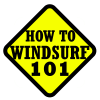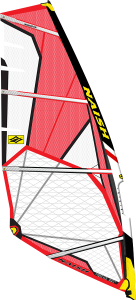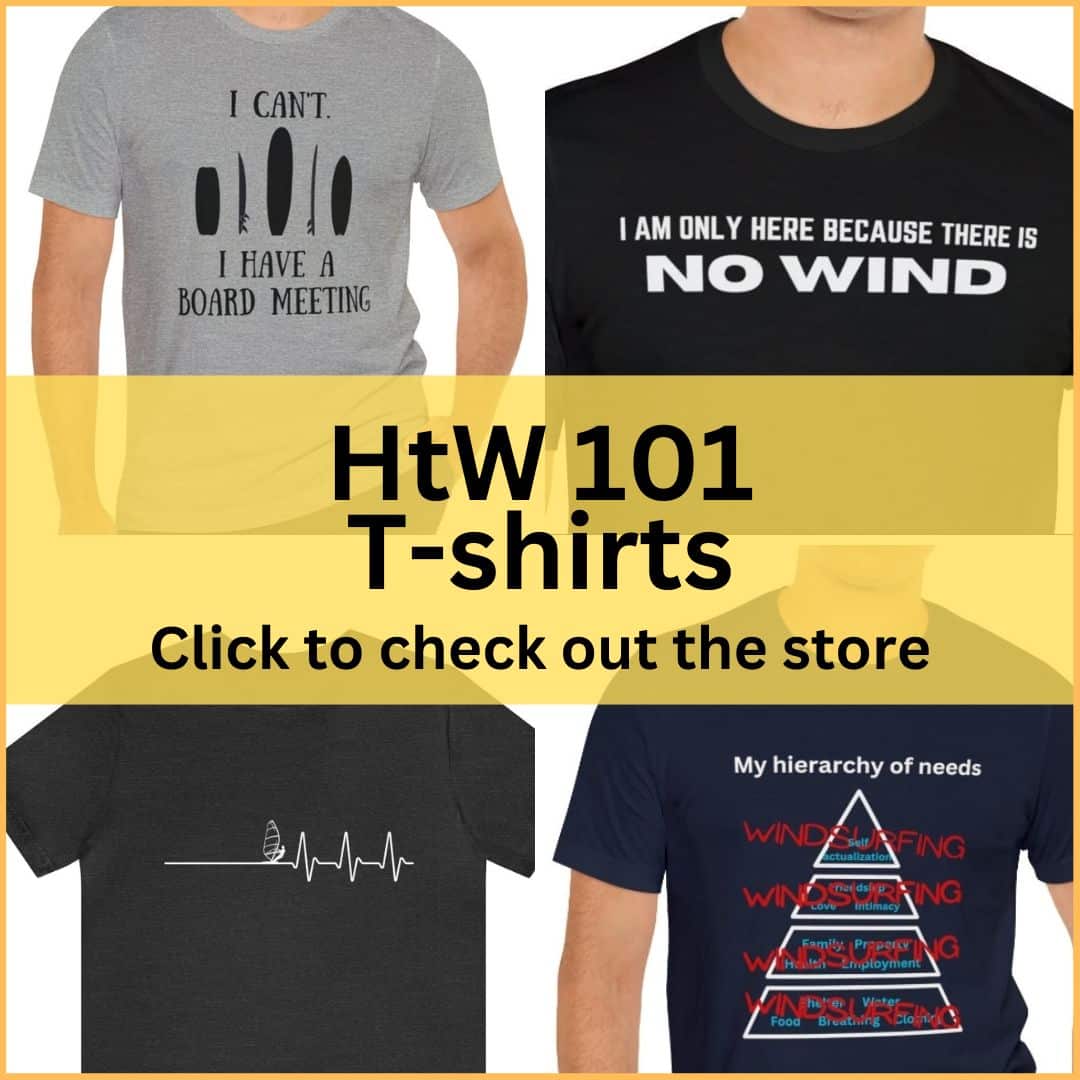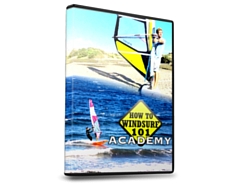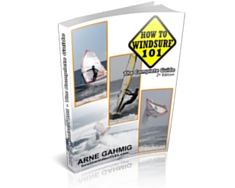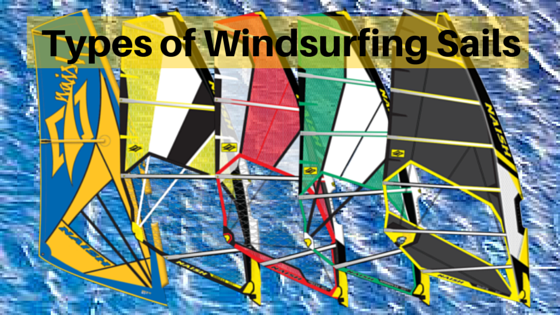
Types of Windsurfing Sails
Sails have evolved depending on their discipline. In the same way that you wouldn’t use a formula 1 car to race a rally, you also need the correct sail and board for what you want to do. Here are the 4 basic types of windsurfing sails with their differences:
Wave sails
Wave sails are made for stronger winds so they tend to be smaller. They are also made to be used in waves which means that the sail panels are reinforced to make sure they don’t break during a wipeout or your knees landing on them, etc. The battens are also stronger so they don’t snap when a wave breaks on them. This implies that they are also going to be heavier than other sail types. They are also cut so that the boom is shorter and there is not much sail surface below the boom to avoid it being caught by the wave.
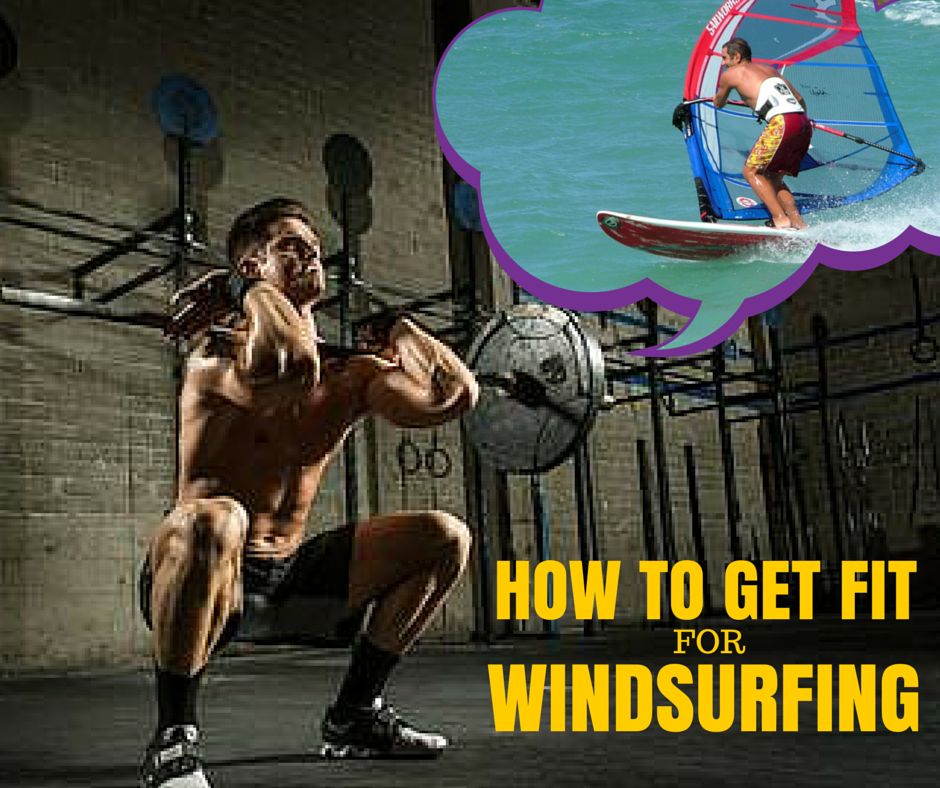
How to Get Fit for Windsurfing
I know what it is like to finally get back on a windsurf board, excited to taste the salt water again, feeling the wind on your face, the sensation of gliding over the water, only to realise after an hour or two that you have to stop. You have no more energy. Your forearms are aching, your legs are tired and you somehow don’t manage to get your breath back.
When I was at university in Newcastle (UK) I would always come back to Tenerife over the holidays to help out at my parent’s Surf Center. While in the UK I would focus on studying and living the stereotypical student lifestyle (lectures, parties, hangovers) which meant that not much time was spent at the gym. I would come back to Tenerife to help out at the Surf Centre and realised that I was knackered after a day teaching.
From my second year onwards I took up judo which improved my cardiovascular performance as well as increasing my overall fitness. The difference to my next return to Tenerife was impressive. I could get back into the rhythm of lessons and free-surfing with no impediment from my body at all.
Now I see lots of people who rent at the Surf Center that are bummed out when their body won’t allow them to continue windsurfing for more than an hour or two due to either their hands getting blisters (usually after a few days on the water) or because they are out of shape.

When to use the centreboard
The centreboard (or skeg) is a tool which causes some confusion after a few hours of heaving learnt how to windsurf. Many people are unsure about when it is necessary, useful or a hinderance. This article aims to explain how and when to use the centreboard to get the most out of it.
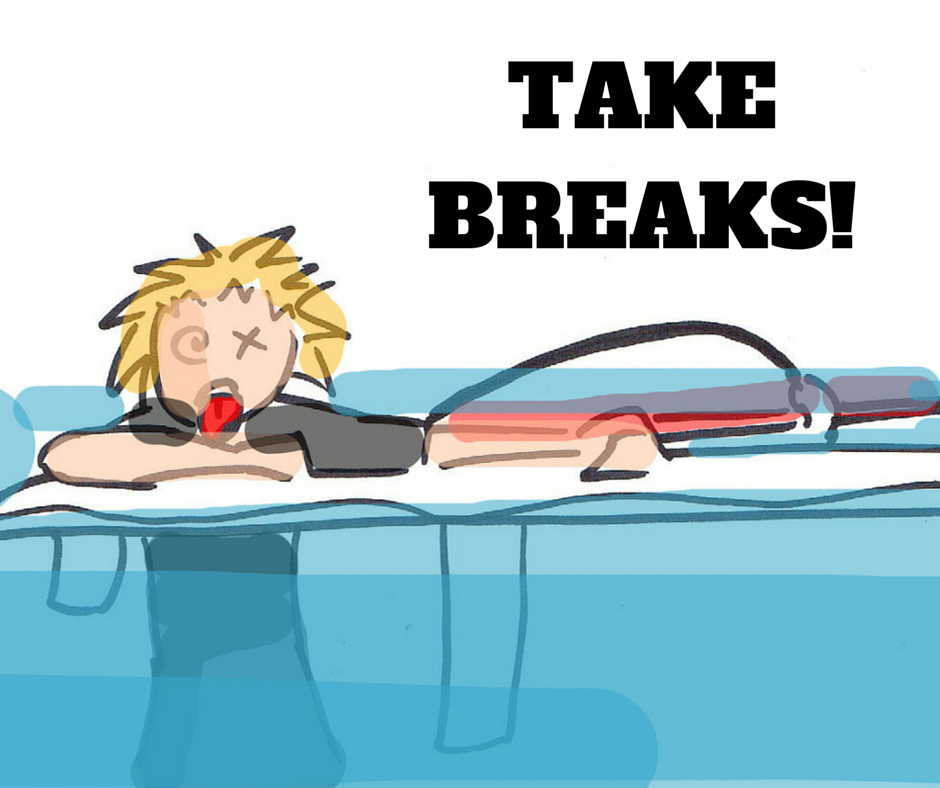
Limit Your Time on the Water
One consistent theme I see recurring nearly on a daily basis is spending too much time on the water. I am naturally guilty of this as much as anybody else. I have spent many more hours on the water than I should have.
What do you mean? you may ask.
It is actually quite simple. We are doing a sport that requires quite a lot of coordination. Most of the movements become intuitive and reflexive over time. There are a few things which are constantly changing however: wind, waves, other windsurfers, etc. then come all the manoeuvres such as gybing, jumping, wave riding and all the other wonderful things that make this sports so great.
These all require our concentration which in itself already depletes our capacity to continue concentrating. However, as our energy gets used up, our concentration reduces also. You might remember a situation in which you were so exhausted physically that you could no longer think straight but could only focus on breathing and not falling over like after a long sprint or after fighting to get out of a strong beach break.
As our concentration decreases we start making more mistakes which inevitably causes us to fall in more often, wasting more of our precious energy… and so the vicious cycle continues. read more…
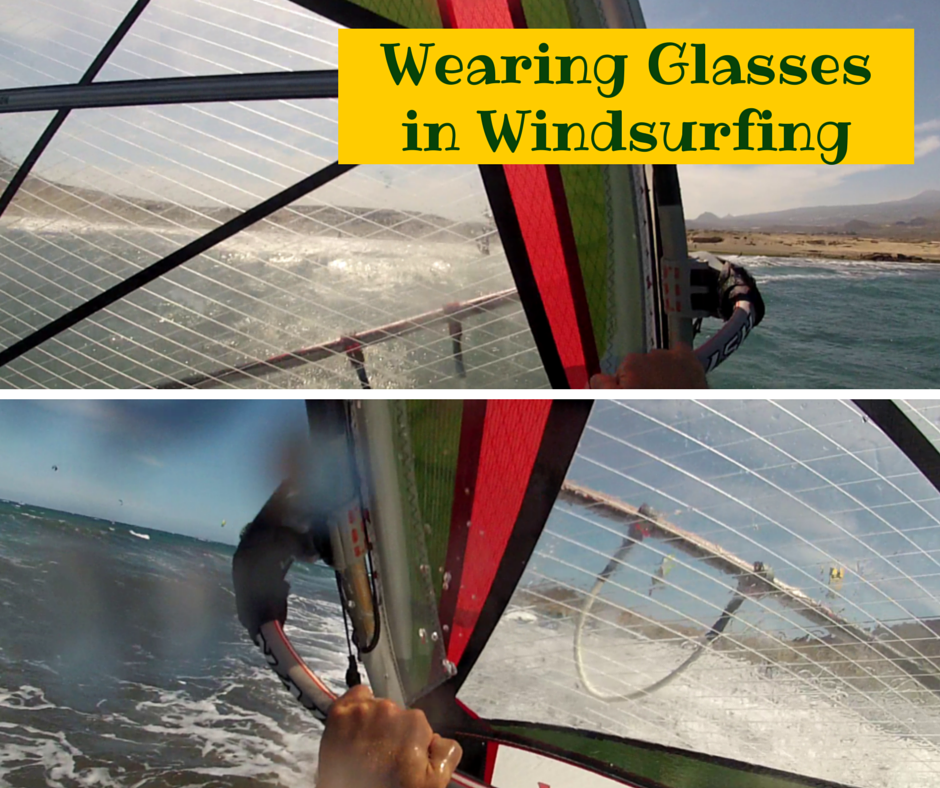
Wearing Glasses for Windsurfing
I am short sighted. Not borderline blind mind you, but I do have trouble seeing without my glasses. I am not allowed to drive without them, let´s put it that way. On top of that i have what is called nystagmus. It´s kind of hard to explain (check out the link) but in essence it causes my eyes to move around the place when I am tired, hungry or otherwise low on energy (hangovers were a real pain).
Every now and then I get a student who is also short sighted. Unsurprisingly I get asked how good of an idea it is to go windsurfing with glasses. Usually my answer is divided in one of the following categories.

How to Windsurf – Pumping
Pumping in windsurfing is a technique that is not really talked about much. Many people do it intuitively, others can’t seem to get the hang of it, and the rest have no idea how to explain it properly. I was only made aware of this recently and noticed that even in the vastness of the internet there is not much information on pumping. So here goes:
I like to break pumping down into four types as the techniques varies on the wind available to us and the purpose of pumping.
Pumping in near zero wind
In my post on how to get back if the wind drops, I describe how to move the sail in a way that pushes the mass of air to the stern, thereby pushing the board forwards. Then moving the sail forwards with the sail surface in line of movement to reduce the surface causing drag
Pumping in low winds
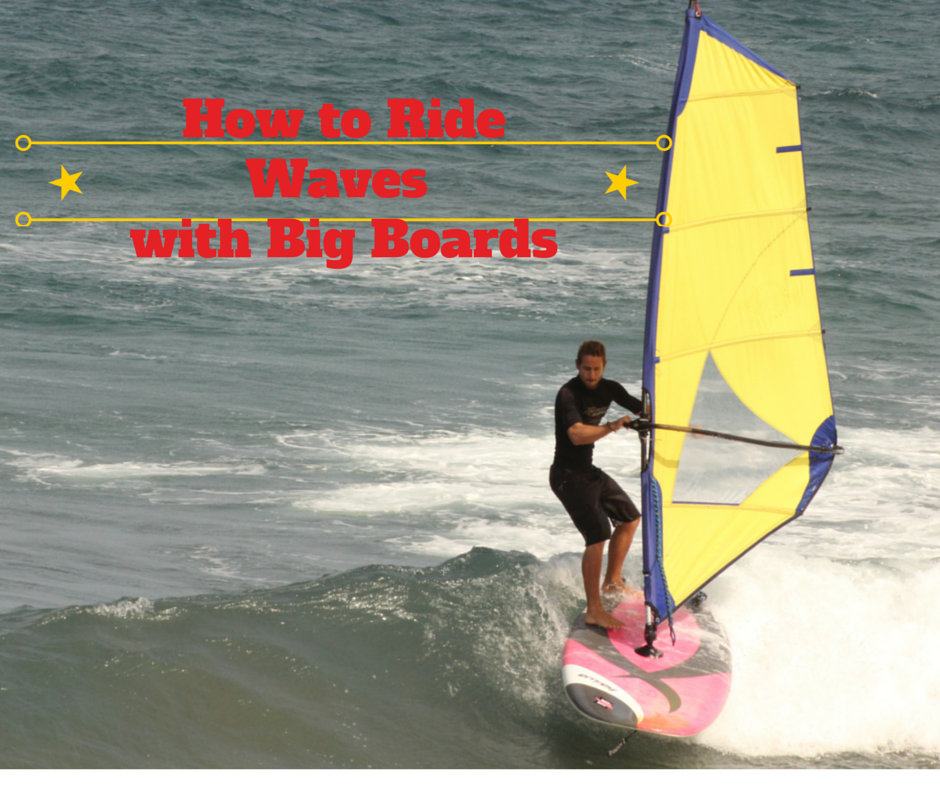
Riding waves with big boards
One of the most fun parts of my beginner lessons is getting back to the beach at the end. No, not because I am desperate to end the lessons but because it gives my students the chance to ride a wave with a windsurf board. There is very little else that will get a beginner hooked to windsurfing than the sensation of gliding down a wave (except for when I pull them so that they start planing, which is basically the same sensation). There is however a very important element to riding a wave with big boards which will make or break the ride and that is making sure that the board does not dive underwater with either the nose or the leeward rail.
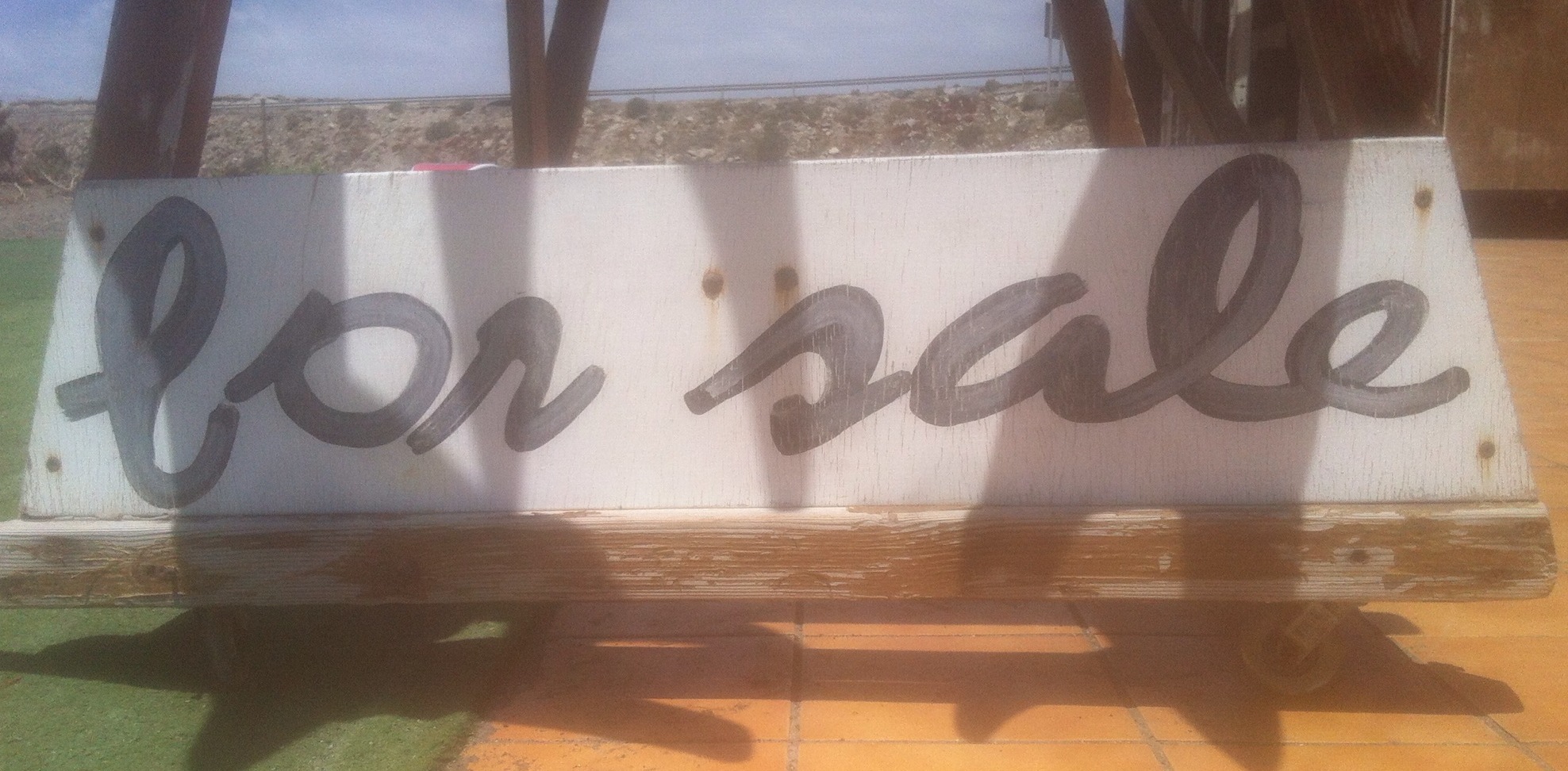
9 Tips to Buying a Windsurf Board
Buying a board can be pretty confusing, specially if we don’t know what to look out for. Be it in a shop, surf centre, garage sale or some guy on the internet, there will always be a gap between our knowledge on what we need and the seller who wants to get rid of his board. Let’s try to close that gap a little today.
Here I have compiled a checklist for you to know what to take into account when going to buy a new or second hand board.
Buying a new windsurf board
Where are you going to sail?
This is the first question you need to ask yourself. The answer will have a very big impact on what you need to look for. If you are going to windsurf in El Médano you will not be needing the same kind of gear as if you usually sail on Lake Garda. In El Médano we usually have 20-25 knots (and more in the summer) which for my 75 kg means 80 – 100 litres waves board whereas in Torbole (Lake Garda) the average is 15-17 knots where I would need a freestyle or free-ride board in the 100 – 115 litre range. read more…
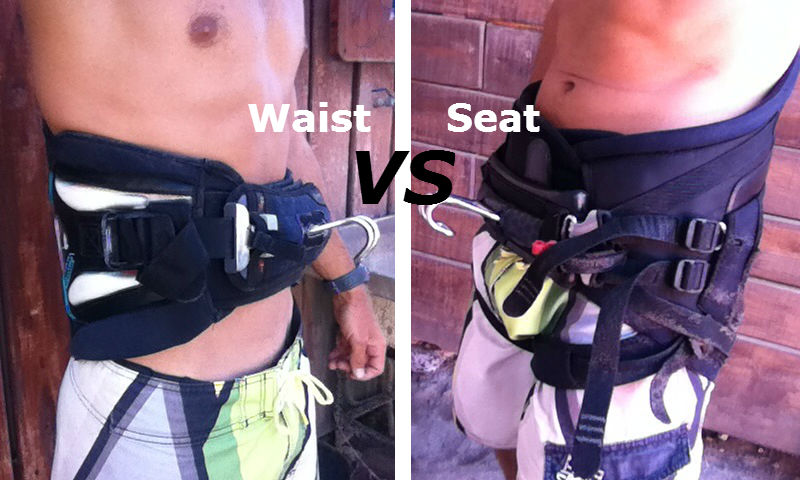
Waist Harness vs Seat Harness
Learning how to windsurf with a harness is one of those abilities that opens the door to longer sessions on the water as it save you heaps of energy. At this point you will have to decide on the harness you want to get for yourself. Much like the wetsuit, it is one of those things that you will want to have your own of.

Windsurfing Lake Garda
Windsurfing Lake Garda
There are a couple of places where you can go windsurfing in Lake Garda. Going from east to west there are the Conca d’Oro beach, Circolo Surf Torbole beach, the Foce Sarca beach and the Pier Windsurf beach.
Conca d’Oro Beach
A nice family friendly beach where you have a lawn to assemble your kit, a bar and a parking place nearby. The beach is a pebble stone beach but they have a rubber mat there to stop your kit from getting damaged. If you sail far enough from the shore (50-70 metres) the wind is nice and stable as you will be sailing between the beach and the central part of the village.
Starting from this beach you have 3km of pure planing until you get to the Ponale.
Fabio, from waterwind.it, explains that the best wind of all is between the Conca d’Oro and Pier windsurf. You basically have to throw yourself into the water from the rocky coast next to the road.
